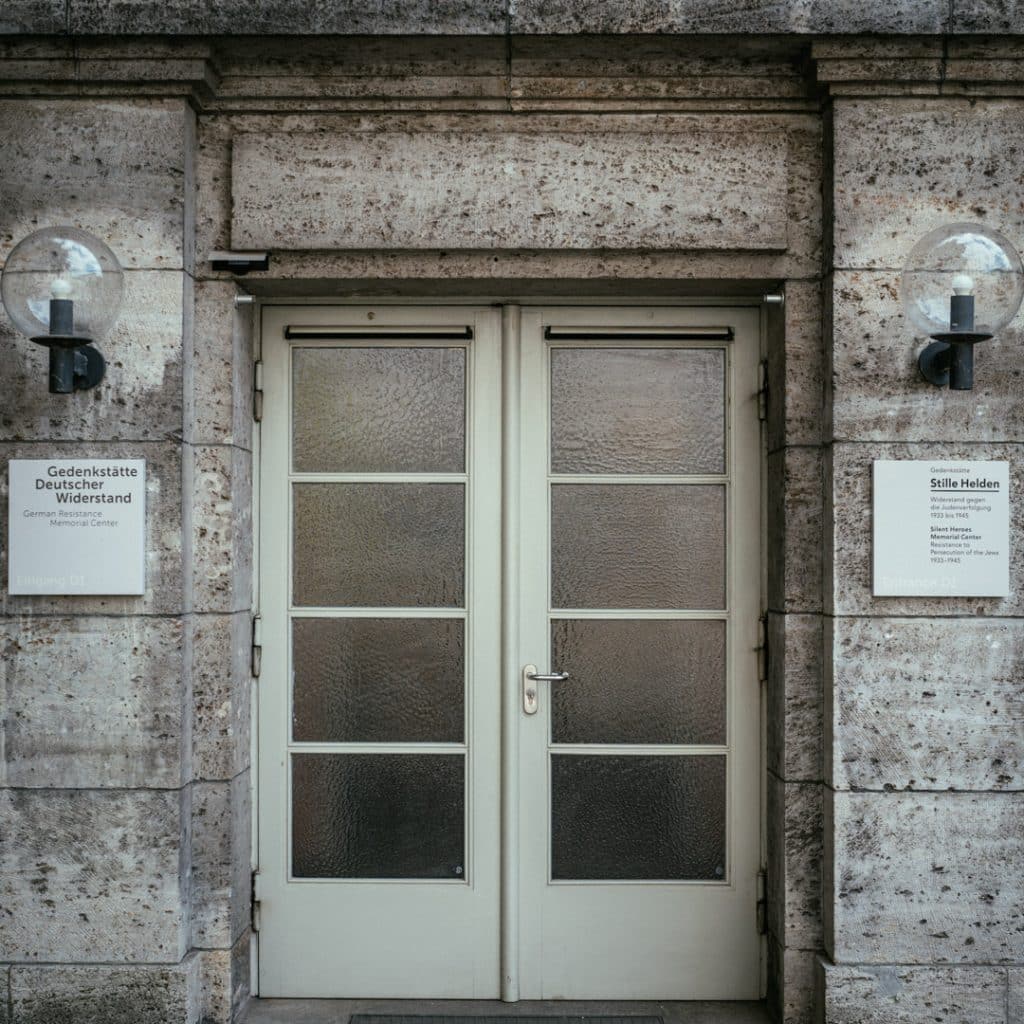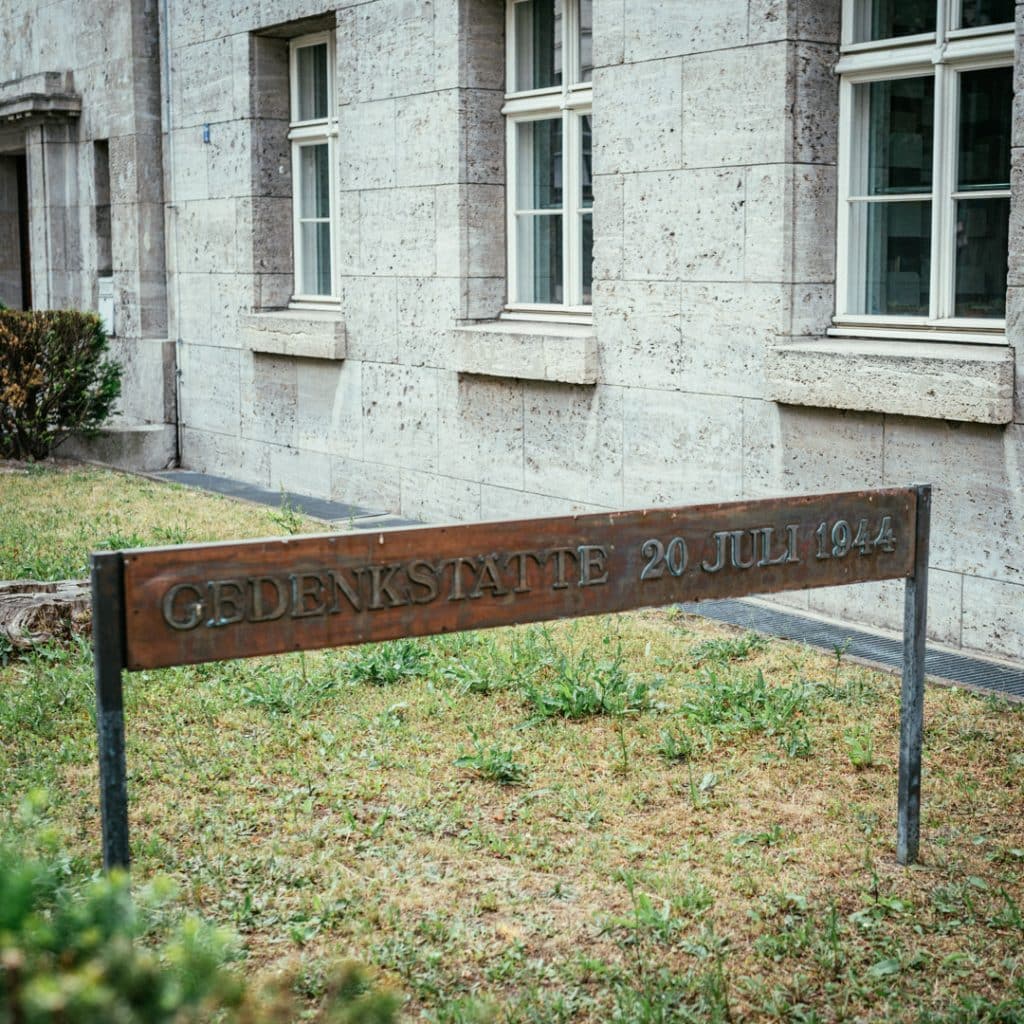


It is now possible to tour ths museum online through a one hour video tour of the exhibition covering some eighteen different topics - including the July 20th plot, the Elser plot, the Red Orchestra, the White Rose, and resistance by artists and intellectuals.


Some useful links related to the Brandenburg Gate: